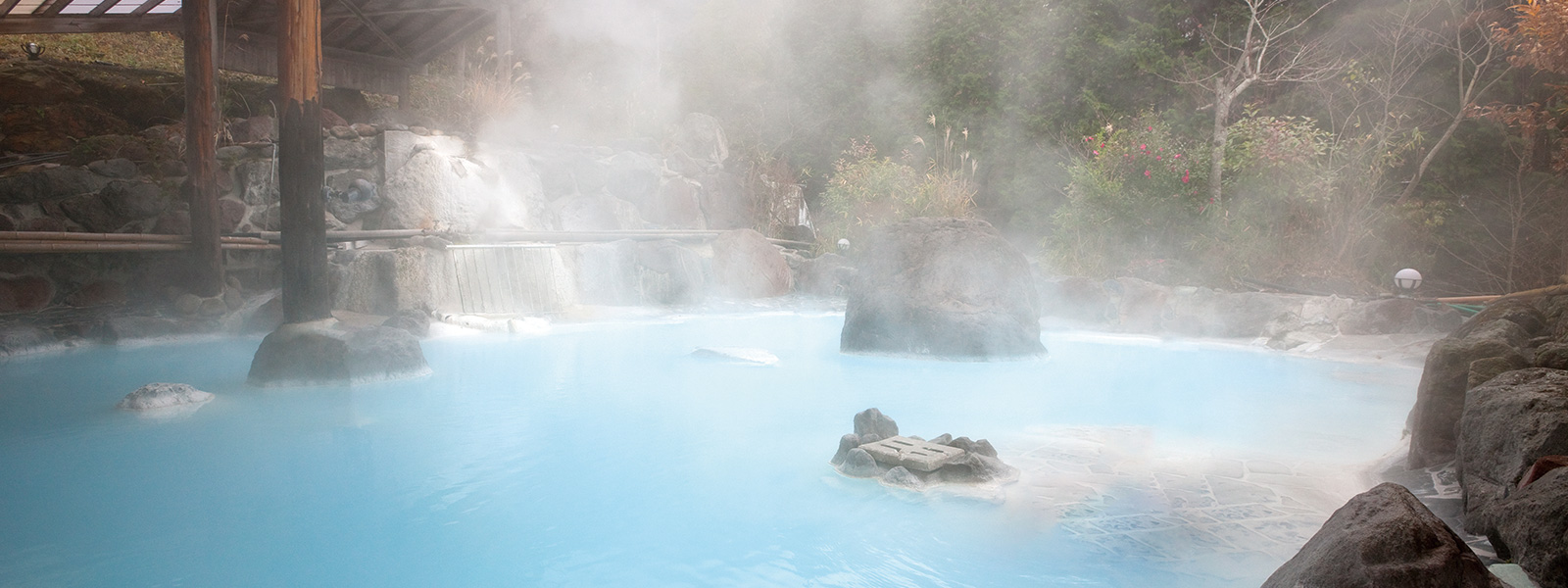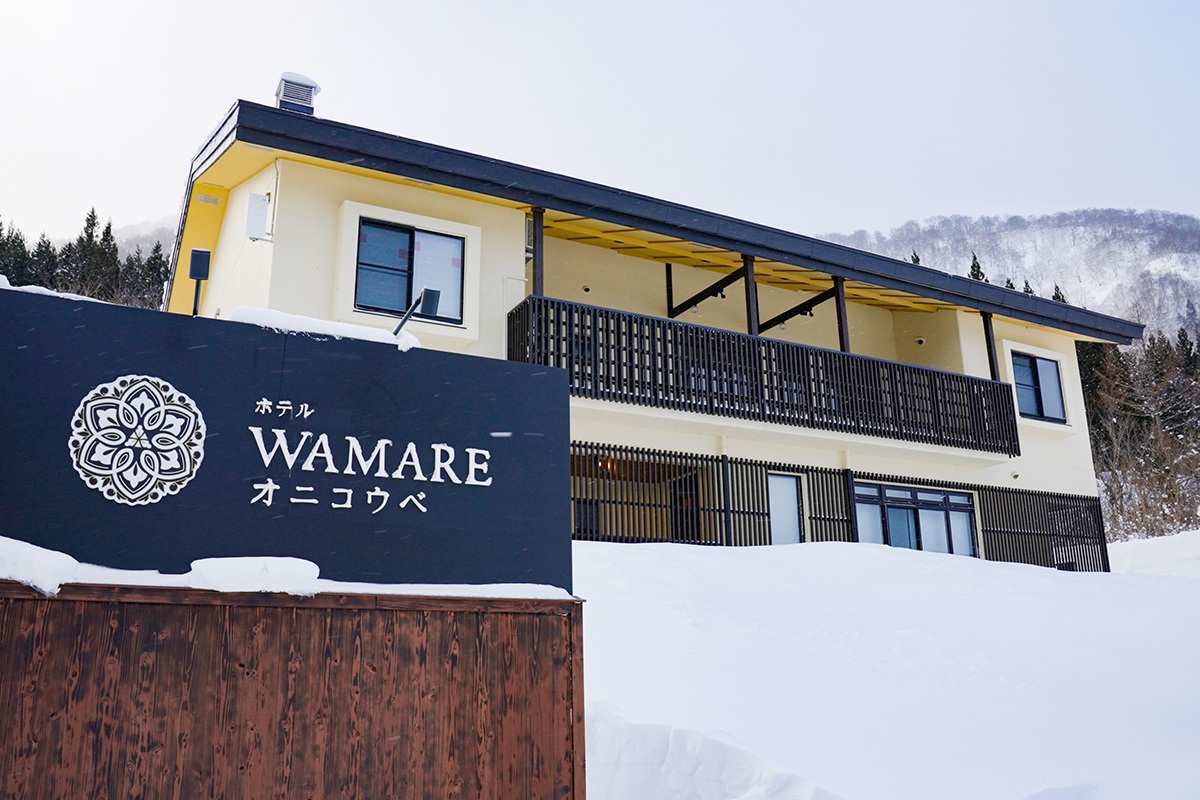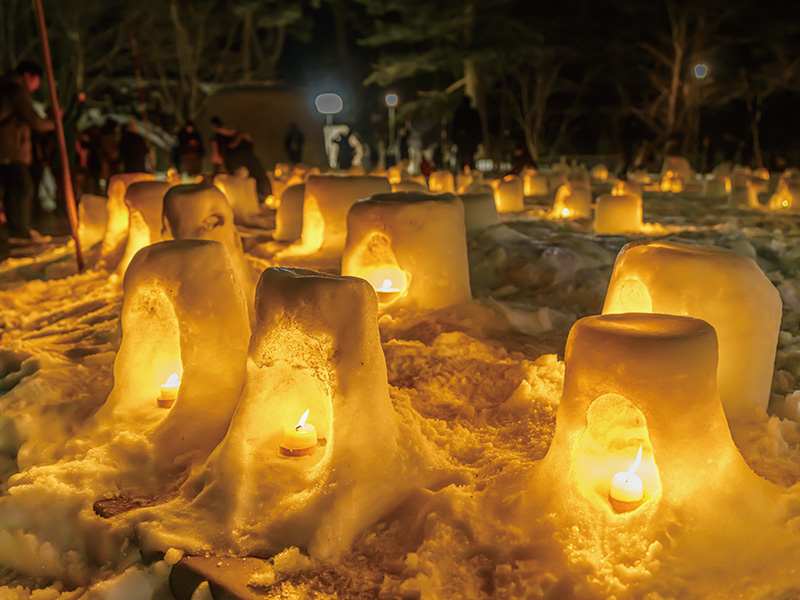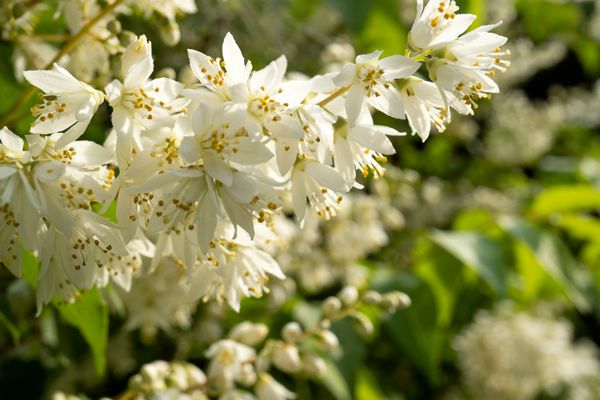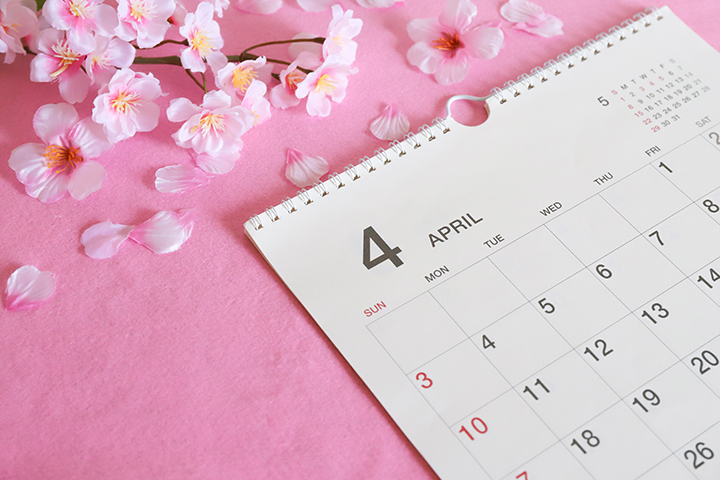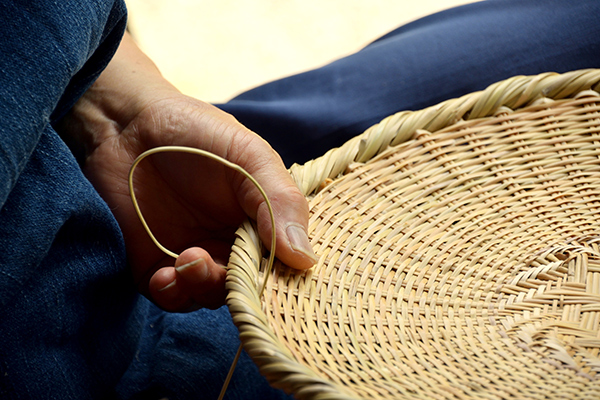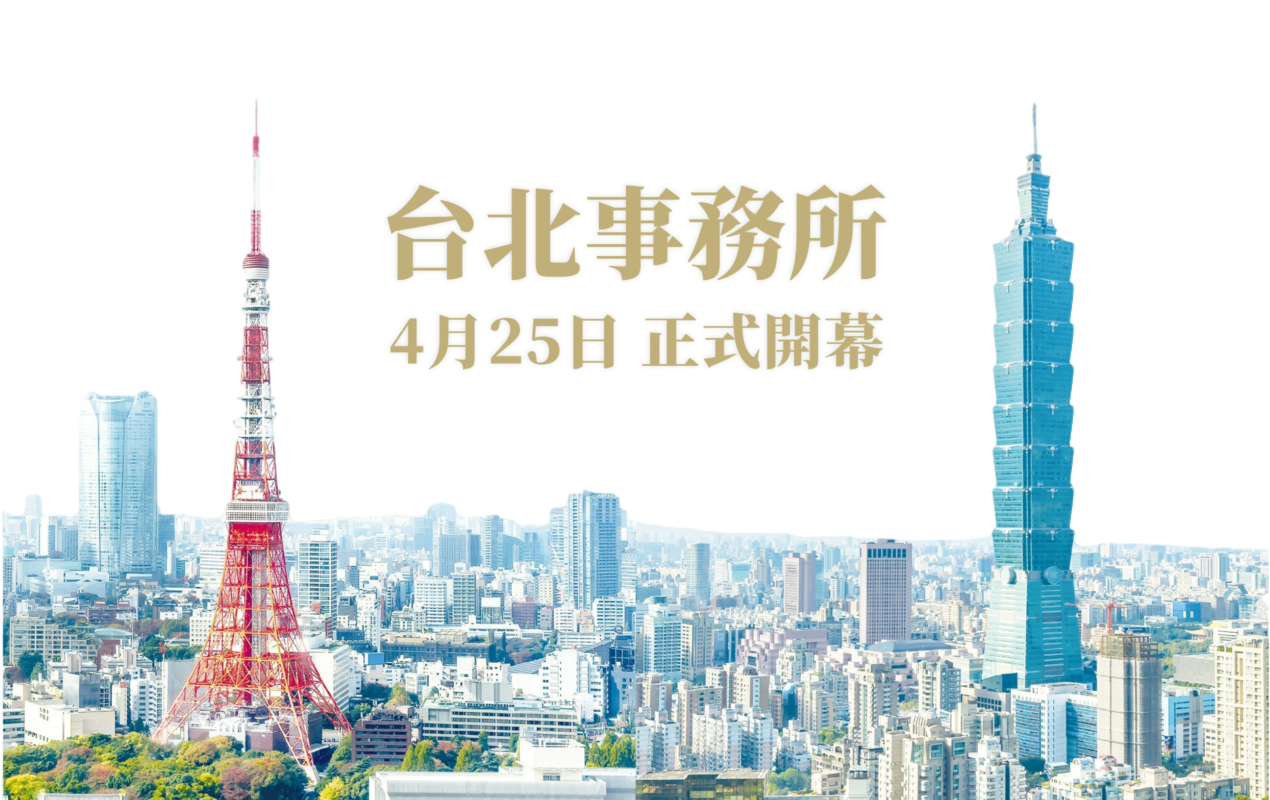What are the types and benefits of hot springs in Japan?
As a volcanic country, Japan boasts one of the world's largest hot spring areas, and there is a wide variety of spring qualities. There are approximately 10 types of spring qualities, each of which has a different effect, so you can enjoy them according to your purpose.
For example, sulfur springs are known for their beautiful skin. They have a unique scent that softens the dead skin cells and smoothes the skin.
Carbonated springs, which have a soft texture, promote blood circulation and are ideal for recovering from cold and fatigue.
Chloride springs are also known as "hot springs," meaning they retain heat and prevent you from getting cold.
Interestingly, the color of the water varies depending on the type of spring.
For example, a bluish hot spring is known as "Bijin no Yu," while a reddish-brown hot spring is rich in iron and said to be effective against anemia. Enjoying these differences in color and scent is one of the best parts of onsen touring.
History and Legends of Onsen Areas
Onsen areas around Japan have long histories and legends. Take Kusatsu Onsen in Gunma Prefecture. During the Edo period (1603 – 1868), the hot spring was presented to the Tokugawa Shogun family and was popular with visitors for its healing properties. Here, the traditional “yumomi ” is performed, and a song is sung as the temperature of the hot spring is lowered. This yumomi experience is still popular with tourists.
Traditional “yumomi ” at Kusatsu Onsen
Kusatsu Onsen
Beppu Onsen in Oita Prefecture is famous for its hellish “Jigoku Meguri ” (Jigoku Meguri).
With its blood-red “Chinoike Jigoku ” and“ Umi Jigoku ” (Umi Jigoku), you can feel as if you have wandered into another world.
Arima Onsen in Hyogo Prefecture, on the other hand, has a long history, as recorded in the Nihonshoki (Chronicles of Japan), and is famous for its unique hot springs called Kinsen and Ginsen.
Kinsen is reddish brown due to its iron content, while Ginsen is clear and colorless and contains a lot of carbonic acid.
Beppu Onsen in Oita Prefecture “Chinoike Jigoku ”
Beppu Onsen in Oita Prefecture “Umi Jigoku ”
Naruko Onsen Village in Miyagi Prefecture, especially the Onikobe area, is another interesting hot spring area.
In this area, there are “Onikobe Jigoku ” (Onikobe Hell) and“ Geysers ” (Geysers), which are caused by volcanic activity, and you can feel the power of nature up close.
In particular, the “Geyser Gush Park ” (Geyser Gush Park) attracts visitors who can see hot springs gushing out at regular intervals.
There is also a legend that Onikobe was built by an ogre throwing rocks, which is the origin of the place name. The hot springs in this area are mainly sulfur and bicarbonate springs, which are said to be effective for rheumatism and neuralgia.
There are many legends about these hot springs, such as “the hot spring found by gods ” and“ the hot spring healed by animals ”, so you can feel the history and mystery every time you visit.
Geysers erupt in the Onikobe area
Onikobe Onsen Egg
Characteristics of Toji Culture
Hot springs have become popular as tourist destinations since modern times, but a culture of recuperation called "toji" was deeply rooted in Japan in the past. Toji means staying in a hot spring for a long period of time to heal illness or injury with the help of nature.
For example, Nyuto Onsen Village in Akita Prefecture is famous as a hot spring resort, and traditional thatched roofed inns still remain.
Visitors would spend a leisurely time in the hot spring while cooking, healing their bodies and minds. There was also a custom of drinking hot spring water during toji to improve internal diseases.
Nowadays, there are fewer people who stay for long periods of time, but more people visit hot springs for retreats and digital detox. In particular, foreign tourists are paying attention to toji as Japan's healing culture.
Akita Prefecture: Nyuto Onsenkyo
Akita Prefecture: Nyuto Onsenkyo
Hot spring manners and etiquette
It is important to observe Japanese manners when enjoying hot springs. First, it is necessary to wash off your body before entering a bathhouse. This means removing dirt from your body so as not to disturb others. It is also strictly prohibited to soak a towel in the bathtub. This is a rule to keep the water clean.
Additionally, Japanese onsen require you to stay quiet. As a place to relax, it is common to refrain from speaking and stay as quiet as you like in the bathtub.
What is interesting is the order and time of soaking in the onsen. If you don't like hot water, you should start with lukewarm water to help your body get used to it. Also, taking a bath for a long period of time will actually cause fatigue, so it is recommended to stay for 10 to 15 minutes. By following these rules, you can maximize the benefits of the onsen.
Customs and Events Related to Onsen
Hot spring resorts in Japan are full of events and customs, as well as the onsen itself. For example, in winter in Akita Prefecture, an event called Kamakura Onsen is held. The onsen is drawn into a small dome made of snow, and visitors can enjoy the onsen in a magical atmosphere.
Kawayu Onsen in Wakayama Prefecture is famous for its Sennin-buro, which is created in the river only in winter. When you dig into the bottom of the river, the onsen gushes out, and you can enjoy a natural open-air bath.
Onsen tamago (onsen tamago) is another specialty made in onsen. The onsen tamago (onsen tamago), which is slowly heated with hot spring water or steam, is characterized by a thick texture that is different from ordinary boiled eggs. Onsen tamago (onsen tamago), which is also popular as a souvenir, makes your travel memories even more special.
Through these customs and events, you will feel that onsen is not just a bathing facility, but is deeply rooted in Japanese life and culture.
Onsen are a special connection between nature, culture, and people's hearts.
By learning about the characteristics, history, and manners of each region, you can experience the depth of Japanese onsen culture, which is not just hot water. On your next trip, why not explore the richness of Japan by touring onsen areas?
Kawayu Onsen (Wakayama Prefecture): Sennin Bath, built in the river only in winter
Kamakura Onsen (Kamakura Onsen)


